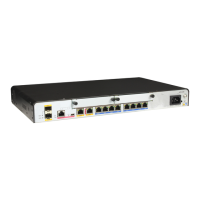Figure 2-6 Remote LDP session networking II
L S R B
G E1/0 /0
10.1 .1.1 /30
G E1/0 /0
10.1 .1.2 /3 0
L S R A L S R C
G E2/0 /0
10.2 .1.1 /30
G E1/0 /0
10.2 .1.2 /3 0
Loopback1
1.1 .1.9 /3 2
Loopback1
2.2 .2.9 /3 2
Loopback1
3.3 .3.9 /3 2
Configuration Roadmap
The configuration roadmap is as follows:
1. Enable MPLS and LDP globally on each LSR.
2. Specify a remote LDP peer and its IP address on two LSRs at both ends of a remote LDP
session.
Data Preparation
To complete the configuration, you need the following data:
l IP addresses of the interfaces on each LSR, as listed in "Data Preparation" of Figure 2-6,
OSPF process IDs, and OSPF area IDs
l LSR ID of each LSR
l Name and IP address of each remote LDP peer of a remote LDP session
Procedure
Step 1 Assign an IP address to each interface and configure OSPF.
Assign an IP address and its mask to every physical interface; configure a loopback interface
address as an LSR ID on every LSR shown in Figure 2-6; configure OSPF to advertise the route
of the network segment of each interface and a host rout to each LSR ID. The configuration
details are not provided here.
Step 2 Enable MPLS and LDP globally on each LSR.
# Configure LSRA.
<LSRA> system-view
[LSRA] mpls lsr-id 1.1.1.9
[LSRA] mpls
[LSRA-mpls] quit
[LSRA] mpls ldp
[LSRA-mpls-ldp] quit
# Configure LSRB.
<LSRB> system-view
[LSRB] mpls lsr-id 2.2.2.9
[LSRB] mpls
[LSRB-mpls] quit
[LSRB] mpls ldp
[LSRB-mpls-ldp] quit
# Configure LSRC.
<LSRC> system-view
Huawei AR1200 Series Enterprise Routers
Configuration Guide - MPLS 2 MPLS LDP Configuration
Issue 01 (2011-12-30) Huawei Proprietary and Confidential
Copyright © Huawei Technologies Co., Ltd.
77

